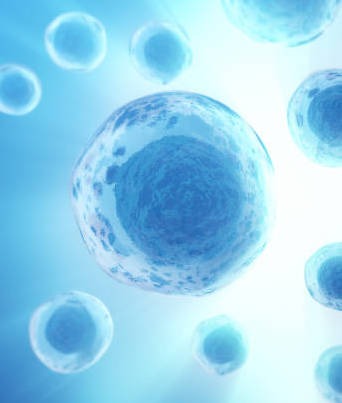Human Stem Cell Research Oversight Committee
 |
The primary mission of the Human Stem Cell Research Oversight (HSCRO) Committee is to review, approve and oversee the use of human stem cells in all research and testing activities conducted by University facilities or personnel. The HSCRO Committee functions as a sub-committee of the Institutional Biosafety Committee (IBC) and addresses the ethical issues resulting from human stem cell research of human stem cells as well as ensuring compliance with federal and UToledo regulations and policies. The HSCRO Committee derives its authority from the National Research Council's Guidelines for Human Embryonic Stem Cell Research (NRC Guidelines), the NIH Guidelines for Human Stem Cell Research (NIH Stem Cell Guidelines) and the UToledo IBC Policy (3364-70-06). For additional information, see the Frequently Asked Questions or contact the HSCRO Administrator. |
 |
Mahesh Pillai, M.D., Ph.D., C.I.P. Director, Research Compliance Phone: 419.383.4251 | Email: Mahesh.Pillai@UToledo.edu |
 |
Ravindika Dissanayake, Ph.D Associate Compliance Analyst, IACUC Phone: 419.383.5321 | Email: Ravindika.DissanayakeMudiyanselage@UToledo.edu
|
| HSCRO Protocol Form |
Updated 5/23/24 |
| What types of stem cells are regulated by the UToledo HSCRO Committee? | |
|
|
| What are the regulatory bodies overseeing HSCRO research? | |
| Is there any research that is not permitted here at UToledo? | |
|
Yes
|
|


